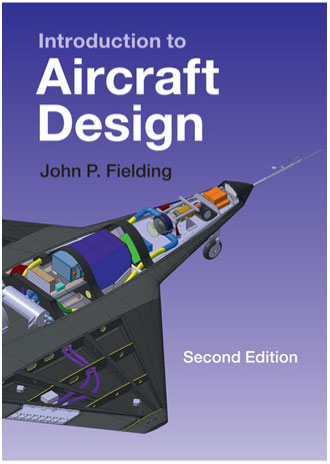
This book is based in a large part on the aircraft design activities at Cranfield University and has been developed over several years.
This book differs from many books on aircraft design in that it does not set out to give step-by-step instruction on the aircraft design process, but rather provides a general overview of the aircraft design process. This provides the reader with an appreciation of the important aspects of the design process while avoiding the equations and more quantitative parts of the aircraft design process. The book is aimed at the senior year undergraduate and MSc students, and I think there is a place for such a book on a university’s aircraft design course. It gives students an introduction to the aircraft design process and an idea of how complex and multidisciplinary the process is. This is something students, who are often used to having a single right answer reached by going through a well-defined process, can sometimes struggle with.
The book starts with a description of the aircraft design process and examples of aircraft specifications for both civil and military aircraft. It then moves onto aircraft layouts, describing the main demands of different types. Weight estimation and initial sizing is not covered in the book, presumably because there are a range of other books that adequately address these aspects of preliminary design. Instead, the book discusses aircraft structure, materials and propulsion. Examples of the main components of aircraft structures are given, providing qualitative instruction of the topic. Powerplant types and integration are clearly described, and the main reasons for choosing different configurations are also outlined. The chapters on aircraft systems and avionics are excellent, covering both civil and military aircraft and more recent developments in aircraft systems (such as more electric aircraft actuators). Through life cost is the focus of a substantial chapter, providing appropriate emphasis to an important topic.
A later chapter contains a comprehensive list of categorised references the reader can use throughout the design process. It then describes several computational tools that can be used to assist the aircraft designer, but the list of tools is less comprehensive with a focus on those used or developed by Cranfield. There are other chapters that discuss challenges facing the aircraft designer and aircraft programmes, and the case studies presented are particularly interesting. It is important for students to understand that the success of an aircraft programme can be determined by a wide range of variables, many outside the immediate control of the designer. There are some extremely useful data collated in Appendix A, which will no doubt be of use to students in their aircraft design courses.
In summary, this book would be an interesting addition to a university course on aircraft design, providing a general introduction and context to the aircraft design process.


